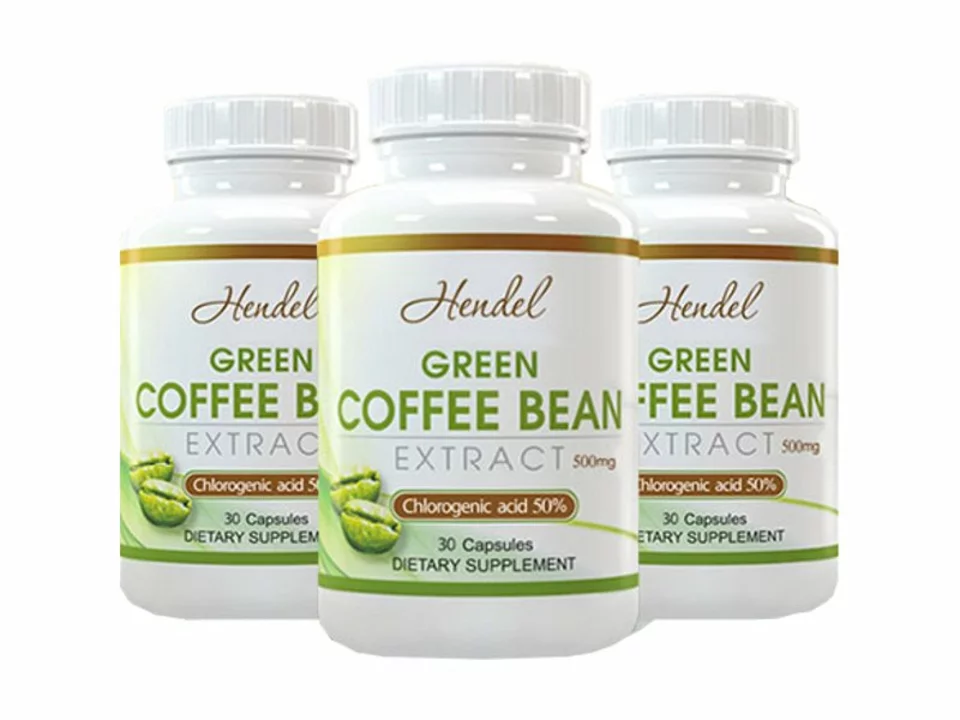Rhubarb: what it is, how people use it, and what to watch for
Rhubarb looks like a tart, red stalk you find in pies, but it also shows up in herbal remedies. The edible part is the stalk. The leaves are toxic and must never be eaten. If you want quick, useful facts—rhubarb can add fiber and a tart flavor to food, and certain rhubarb extracts have been used as a mild laxative. But like many plants, it can interact with medicines and isn't right for everyone.
Health benefits and everyday uses
Most people use rhubarb in cooking. Stew the stalks with a little sugar for pies, compotes, sauces, or jams. It pairs well with strawberries and works in savory dishes too. Nutritionally, raw stalks bring fiber and some vitamins and minerals—cooked rhubarb keeps the texture but reduces sharpness.
Beyond food, parts of the rhubarb plant (especially root in traditional Chinese medicine) have been used for intermittent constipation and to support digestion. Some modern supplements market rhubarb root for gut motility. If you try a supplement, look for reputable brands and clear labeling so you know which plant part and what dose you’re getting.
Safety, dosing, and drug interactions
Safety first: never eat rhubarb leaves. They contain high levels of oxalates and other compounds that can cause serious illness. Stalks are safe when cooked and eaten in normal food amounts.
If you have kidney stones or chronic kidney disease, be cautious. Rhubarb contains oxalates, which can add to the oxalate load and may raise the risk of calcium oxalate stones. Drink water and check with your doctor before adding large amounts to your diet.
Rhubarb is also relatively high in vitamin K compared with many fruits and vegetables. If you take blood thinners like warfarin, changes in vitamin K intake can affect your medication. Keep intake consistent and tell your prescriber before increasing rhubarb in your meals.
Other interactions to watch for: rhubarb or its extracts may affect blood sugar or bowel function. If you take diabetes medicines or laxatives, monitor symptoms closely. Pregnant and breastfeeding people should avoid rhubarb root supplements—the root can be stronger and has been linked to uterine stimulation in traditional sources. Stick to normal food portions of stalks if pregnant, and check with your care provider.
Practical tips: wash stalks well, trim off any green leaf remnants, and store cut stalks wrapped in the fridge for a few days. If a supplement sounds appealing, pick products from brands with third-party testing and clear ingredient lists. When in doubt, ask your pharmacist or doctor—especially if you take prescription medicines or have kidney issues.
Want to try rhubarb in the kitchen? Stew it gently with a little sugar and lemon, or bake it into a tart with oats for a simple dessert. Small changes, like keeping portions steady and avoiding the leaves, make rhubarb a safe, tasty addition for most people.

Unlock the Secrets of Rhubarb: Nature's Miracle Dietary Supplement
In my latest blog post, I delve into the incredible benefits of rhubarb, nature's miracle dietary supplement. I discuss how this humble plant is packed with vitamins, minerals, and fiber that can aid digestion and boost our overall health. Additionally, I explore the various ways to incorporate rhubarb into our daily diets, from delicious recipes to supplements. I also share some little-known facts about rhubarb's history and its many uses. So, join me in unlocking the secrets of rhubarb and embracing its amazing health benefits!
